Percival Symons Peirce 1864 - 15 April 1896
Percival’s parents were part of the Colthurst Symons brick and tile firm, but Percival had different dreams. He worked and studied to become a chemist and druggist and finally managed to have his own business. Education offered him a wider choice of work opportunities compared to the previous generation.
Growing up in the Peirce family
Percival was the seventh out of eleven children born to William Elstone Peirce (1831 – 1905) and Mary Ann nee Symons (1833 – 1915). William was the son of a Bridgwater boat builder also called William Peirce. Mary Ann was the daughter of brick and tile manufacturer William Symons of the firm Colthurst Symons and Co., whose biography is available on this website.
William Elstone Peirce started his working life as a coach builder, and early in their marriage he and Mary Ann moved to Bath. Their first child Adelaide born in Lyncombe, Bath at the end of 1853, but sadly she died aged only two months. Towards the end 1854 their first son, Ernest George Orlando, was born in Bath.
Perhaps after the loss of her first baby Mary Ann wanted to be closer to her mother, or William’s coach building work was not going so well, as by early 1855 they had returned to North Petherton. William had a change in career and began working as a foreman at one of the Colthurst Symons brickyards at Somerset Bridge by 1857.
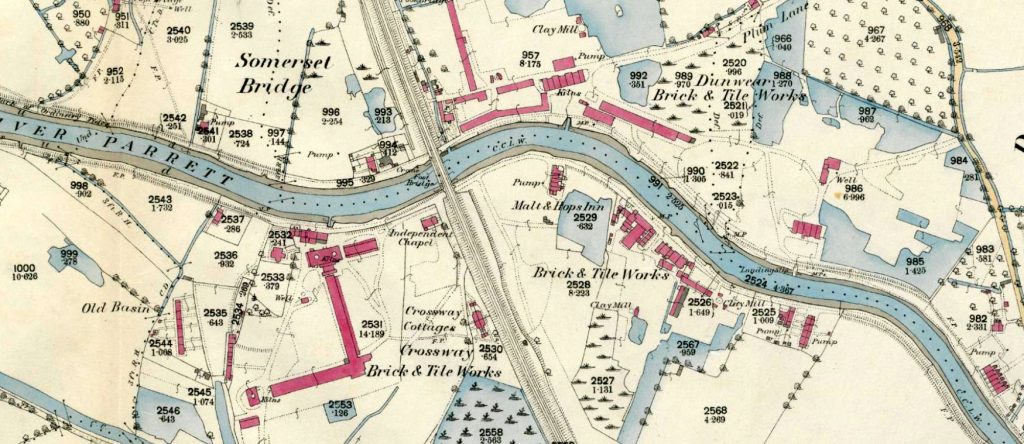
Another four daughters were born, and the 1861 census found William and Mary Ann living at the Crossway Brickyard in North Petherton, where William was foreman. Percival was born in 1864 and baptised at Holy Trinity on the 25th of September 1864. William and Mary Ann had a further four children in between 1861 and 1871, although seven year old Florence died in 1867.
By the time Percival was six, the family had moved in to Bridgwater and were living at 106 St John Street, and Percival was at school. His older brother Ernest aged 16 was at home but described as an apprentice in the Royal Navy, so was presumably home temporarily while on leave. Percival’s older sister Ada, aged 14, was working as a live in domestic servant in London. This was a busy and hardworking family, but with a lot of children there was not much money to spare.
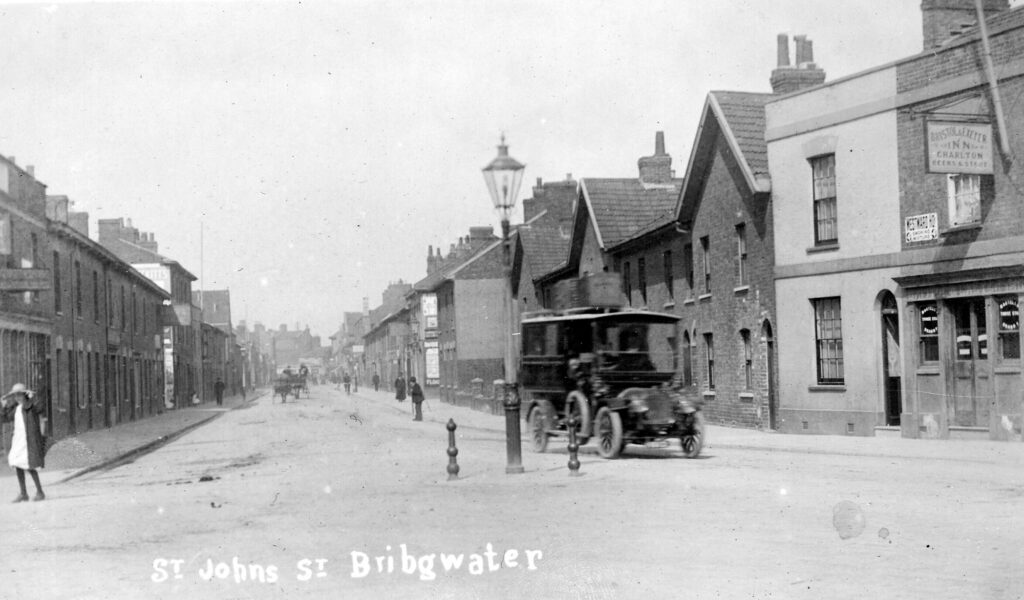
William and Mary Ann’s last child, a daughter called Georgina, was born in Bridgwater in 1872[i]. After this the family moved away from Bridgwater to Burnham-on-Sea, where William became manager of the Colthurst Symons Midway Brickyard, and the family lived in Midway House. Percival would have changed to a school in Burnham, and this is where he looked for his first job. Neither Ernest not Percival seemed to have been interested in following their father to work at Colthurst Symons. After spending their childhood living on the edge of a brickyard, they may have yearned for different experiences.
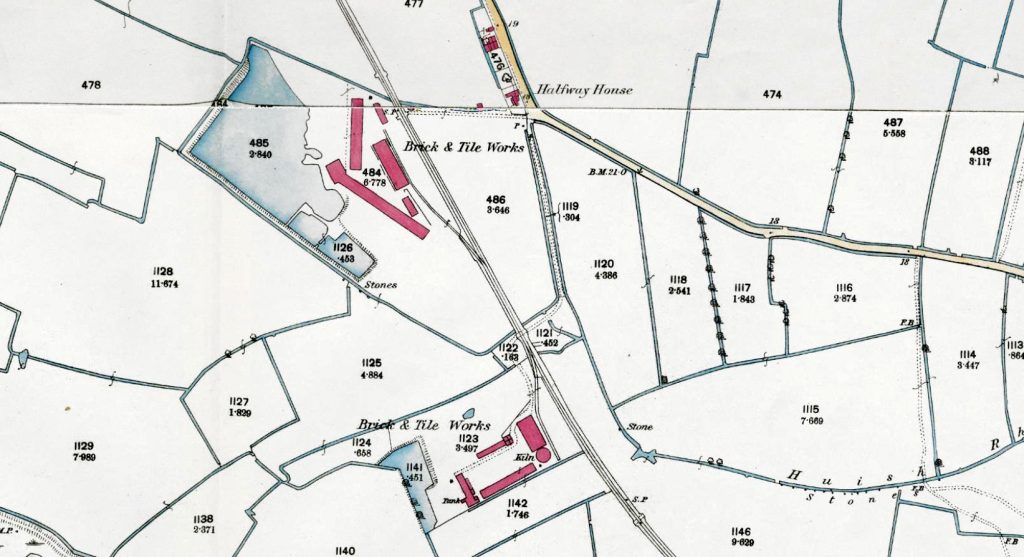
A decade of change and loss
The 1880s was an eventful decade of change and loss for the Peirce family. In April 1881 Percival was still at home with his parents in Burnham, but he was apprenticed to a chemist. He would have begun working in the shop, sweeping, dusting and polishing all the shelves full of jars and bottles, learning the Latin names of medicines and herbs, and serving customers. Gradually he would have begun to observe, and then help the chemist working in the pharmacy, measuring small quantities very carefully, grinding powders and making pills. Percival would have learnt the importance of accuracy and care, checking and re checking.
Ernest had left home to go to sea with the Royal Navy and he had signed up for ten years, but in 1879 he was invalided out early. Ernest continued to sail as a merchant seaman, and probably returned home to see his family when he was in between longer voyages[ii]. His family must have felt anxious every time he said goodbye and set off to find the next ship to sail on, and his mother and younger siblings probably made sure to give him a farewell hug and a kiss.
In January 1883, Ernest was part of the crew of the steamship Saint Columba[iii], which was a fairly new vessel, made of iron. The Saint Columba’s intended voyage was from Penarth in Wales, to Bombay, via the Suez Canal, with a cargo of coal. She had previously made this same trip safely at the same time of year, in 1882[iv]. The Saint Columba arrived in Penarth Docks from Antwerp on the 20th January 1883[v]. Penarth Dock was a centre for loading coal, which the Saint Columba must have done over the next few days. She left Penarth, bound for Bombay, on the 28th of January but did not arrive in her next port of call, which was Port Said in Egypt, at the northern end of the Suez Canal. On the 21st of February 1883 the Shipping and Mercantile Gazette reported that the Saint Columba had not yet arrived, even though another vessel which had left Penarth three days later had already arrived at Port Said by February the 18th. Shipping agents used telegrams to keep in touch with the arrivals and departures of vessels they were concerned with.
There can be little doubt that the Saint Columba was already lost by this time, but so far there was no proof. In February 1883 there were some severe storms in the Bay of Biscay, an area notorious for bad weather, and other ships were damaged or lost at this time. On the 2nd of March 1883, the Weston Gazette reported on the ‘Foundering of another steamer in the Bay of Biscay’. The steamer the Bywell Castle had foundered, and the steamer William Dickinson had been abandoned.

The Shipping and Mercantile Gazette reported on Friday the 2nd of March from Cardiff that ‘Intelligence reached here today (1st March) that wreckage, evidently belonging to the Saint Columba of Liverpool, has been washed ashore near Marenne, in the Bay of Biscay.’ Lloyds List went on to describe this report as very credible.
The Shipping and Mercantile Gazette article went on to name all the crew who were lost, but in fact this list was not correct and did not include Ernest Peirce. If Ernest’s parents and Percival had read this they must have been given false hope for a little while. However, when this list is compared with the UK Registers of Seamen Deaths BT 157 piece 02 (1883), there are several differences. Ernest sadly does appear on the Seamen Deaths Register, and was listed as having joined the ship at Penarth. There were several crew changes at this point, possibly some crewmen simply didn’t turn up on time, or were unwell. Ernest seems to have taken the place of a regular crewman.
The newspaper reports of the disaster quote between 35 and 37 missing, and this variation may be due to the confusion between the expected crew list and the actual list of crew that sailed from Penarth on the 28th of January. The Register of Seamen Deaths lists 34 crew members including Captain Phillip Dumaresq, the youngest being 16 year old Charles Connell, cabin boy. Ernest Peirce was the last to be named, strengthening the idea that he was a most unfortunate late addition to the crew.
Ernest was 29 years old. He is memorialised on his mother’s headstone in Wembdon Road Cemetery Dissenters Plan 3 33/488a. His whole family must have been deeply shocked and saddened by this loss. Ernest was ten years older than Percival, and Percival had probably hero worshipped his big brother. Now Percival would have felt the mantle of responsibility of being the eldest son descend on his shoulders, and it would have been more important than ever that he did well in his career, so as to support his parents in their old age.
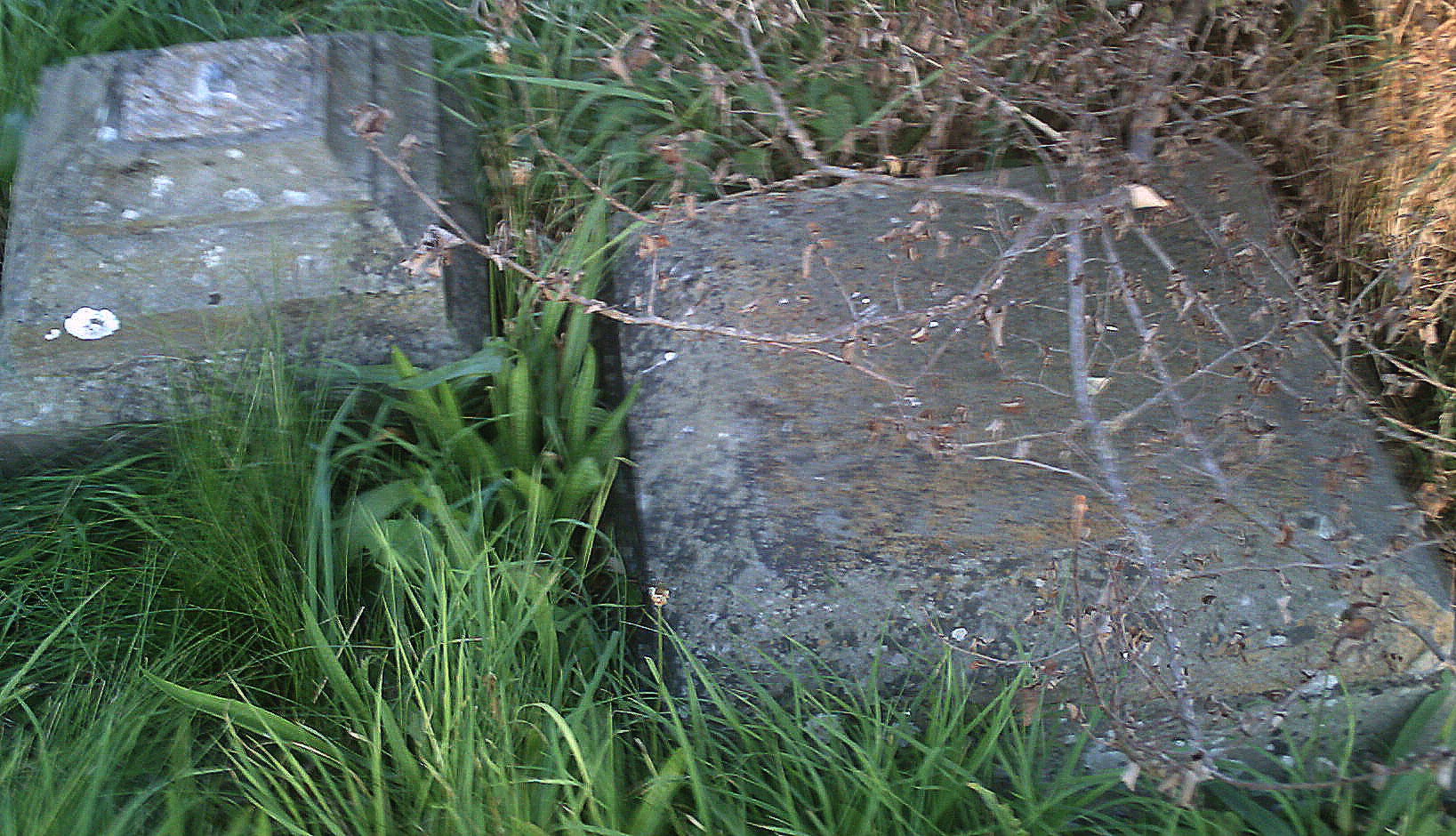
Percival was ambitious and studied to take the exams of the Royal Pharmaceutical Society. On the 5th of May 1888, the Weston Mercury reported that Percival had passed the minor exam of the Pharmaceutical Society, Bloomsbury Square, London[vi]. His parents would no doubt have been very proud of him. Passing this exam probably marked the end of Percival’s apprenticeship, and he moved on to take a job elsewhere as a chemist’s assistant.
By the end of the 1880s, William and Mary Ann Peirce had lost two children in childhood – Adelaide at 2 months old and Florence aged 7, and one in adulthood - Ernest aged 29. More happily Ada and Blanche had got married, then another two emigrated to Australia. In 1885 Ellen emigrated to Australia, followed in 1886 by Rollo. Their cousin Orlando Symons also arrived in Australia in August 1885, only two months after Ellen had landed. The three youngest, Mabel, Eustace and Georgina were still at home, but Percival was getting ready to leave home.
South Hamlet
By early 1891 Percival was working as an assistant to chemist Henry Berry in South Hamlet, Gloucester. Percival moving to South Hamlet was likely to have been at the instigation of his mother. Mary Ann’s eldest brother William Symons (junior) was living there, and was probably able to introduce his nephew Percival to a prospective employer. For a while William Symons had managed the Midway Brickyard in Burnham-on-Sea, but then he moved to South Hamlet. Colthurst Symons had leased a brickyard there, but when the lease was up William took up other employment in South Hamlet, including running a pub called The Goat Inn. By 1891 he had retired, but remained living in South Hamlet.
Henry Berry was the son of Edward Berry, who had recently retired, and the family firm of Berry and Sons was situated at The Cross, Westgate Street, Gloucester. Edward’s wife Sophia had died earlier in the year, and Henry had taken over the running of the shop. Working for this family was how Percival met his future wife, Ellen Sophia Berry.
Ellen’s father Edward Berry died later in 1891, and it is possible that Ellen was left some money or property. With both her parents now dead, Percival brought Ellen back to his parent’s home in Burnham-on-Sea, where Percival and Ellen got married on the 8th of April 1892, at St Andrew’s Church, Burnham-on-Sea. Percival was 28 and Ellen was 41. Ellen would have spent many years helping in her father’s shop and looking after her elderly parents, and now she no doubt wanted to have her own home.
Thornton Heath
It was necessary to pass the major exam of the Pharmaceutical Society to become a full member, and Percival may have decided to move closer to London to make it easier to attend lectures at the headquarters in Bloomsbury.
Not long after their marriage Percival and Ellen moved to Thornton Heath, near Croydon in Surrey, where their son Charles was born in 1894. Percival had probably moved here to take over a chemist’s business, as on the baptism register he gave his occupation as ‘Chemist and Druggist’, rather than as an assistant. They were living at 304 London Road, Thornton Heath, Surrey. This is a major road (now the A23) and it is likely that this was also the location of Percival’s shop, which they were living over. This was a good commuter area, with connections into London Bridge and Croydon, and a likely place for plenty of customers to visit Percival’s shop.
Percival was now in charge, responsible for dispensing all type of medicines, and maintaining the poisons register. He would have to decipher the hand writing on prescriptions written by local doctors, and may have also mixed up some of his own remedies for coughs and colds, or stomach upsets. The shop would also have sold toothbrushes and pastes, hair brushes and hair oils as well as soaps and other toiletries.

With a wife who was very experienced in working in a chemist’s shop and premises in an area with plenty of passing trade, Percival would have the solid foundation for a successful business, but unfortunately he did not enjoy it for very long.
On the 15th of April 1896, Percival died at home after being ill with influenza for 20 days. Initially he could have felt confident that he had all his remedies to help as most healthy young adults recover from flu in a few days, but other complications must have set in, such as bacterial pneumonia or another bacterial infection. Many sick people would have visited his pharmacy and it wouldn’t be difficult for Percival to pick up a virus or infection that way. He also had a large, painful abscess on the skin, which could have spread bacteria into the blood stream, and then poor Percival developed septic meningitis, which would have caused neck stiffness and severe headache. Percival died 12 hours after developing meningitis, he was 33 years old.
As Percival and his small family were in an area where they had only been living for a few years, his mother Mary Ann probably stepped in and arranged for Percival to be brought back to Bridgwater and laid to rest in the Symons family vault in Wembdon Road Cemetery, Dissenter’s Plan 6.
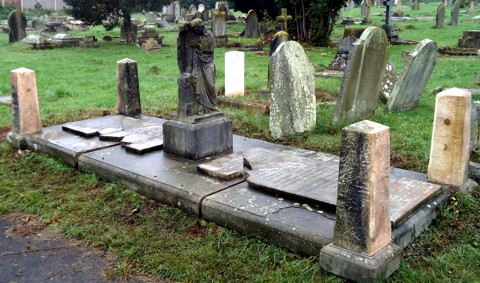
Maybe Mary Ann also hoped that Ellen and her grandson Charles would settle in Bridgwater and be part of the Symons/Peirce family. However, Ellen returned to Gloucester with Charles. As an adult, Charles Peirce moved to Birmingham, where he worked as a department manager and technologist for a firm in the rubber industry. Ellen eventually joined her son in Birmingham where she died in 1933, having never re married.
Clare Spicer and Jill Trethewey 05/08/2024
References
Ancestry.com – births, marriages and deaths, Register of Seamen Deaths, census records.
Find My Past.co.uk – crew lists.
Friends of Wembdon Road Cemetery – burial records and photos of memorials.
British Newspaper Archive – digital images of the newspaper articles referred to.
Pharmaceutical Society - https://www.rpharms.com/about-us/history-of-the-society.
[i] Children of William Elston Peirce and Mary Ann nee Symons, the first two were born in Bath, the rest in North Petherton and Bridgwater:- Adelaide 1853 - 1854, Ernest 1854, Ada 1856, Blanche 1858, Florence 1860 – 1867, Ellen 1862, Percival 1864, Rollo, 1867, Mabel 1868, Eustace 1870 and Georgina 1872.
[ii] There aren’t many crew lists available for Ernest Peirce, but a crew list for the steamship Levant showed that he had previously worked on the steamship Oxenholme (registered in Liverpool, 1714 tons), before working as an able seaman in 1881 on board the steamship Levant, (ship number 51378 (registered in Liverpool, 741 tons). This was on a voyage between 18 April 1881 and 28 May 1881, Master James Martin, of Liverpool. Owner Taylor Cameron & Co. Ref - TNA BT99/1309.
[iii] The Saint Columba - ship number 84065 was registered in Liverpool in 1880, 1442 tons and built in Liverpool in 1880. She was 321 feet long, over 35 feet wide and with a hold 24 feet deep. She had a 300 horsepower engine and a screw propeller. The owner was John Rankin, Liverpool.
[iv] Lloyd’s List 10 March 1882.
[v] Lloyd’s List 23 Jan 1883.
[vi] The minor exam was for chemist’s assistants to become an Associate of the Royal Pharmaceutical Society. In the early 19th century chemists and druggists had been unregulated, and the Pharmaceutical Society of Great Britain was formed in 1841 to encourage the adoption and raising of national standards. The 1868 Pharmacy Act meant that any pharmacists who wanted to dispense poisons had to join the Society’s register, which meant taking the national examinations. However, Percival could not become a full member while he remained an employee, he would need to run his own business first. Percival started his training in the 1880s, when the Pharmaceutical Society and its examination system was already well established.
